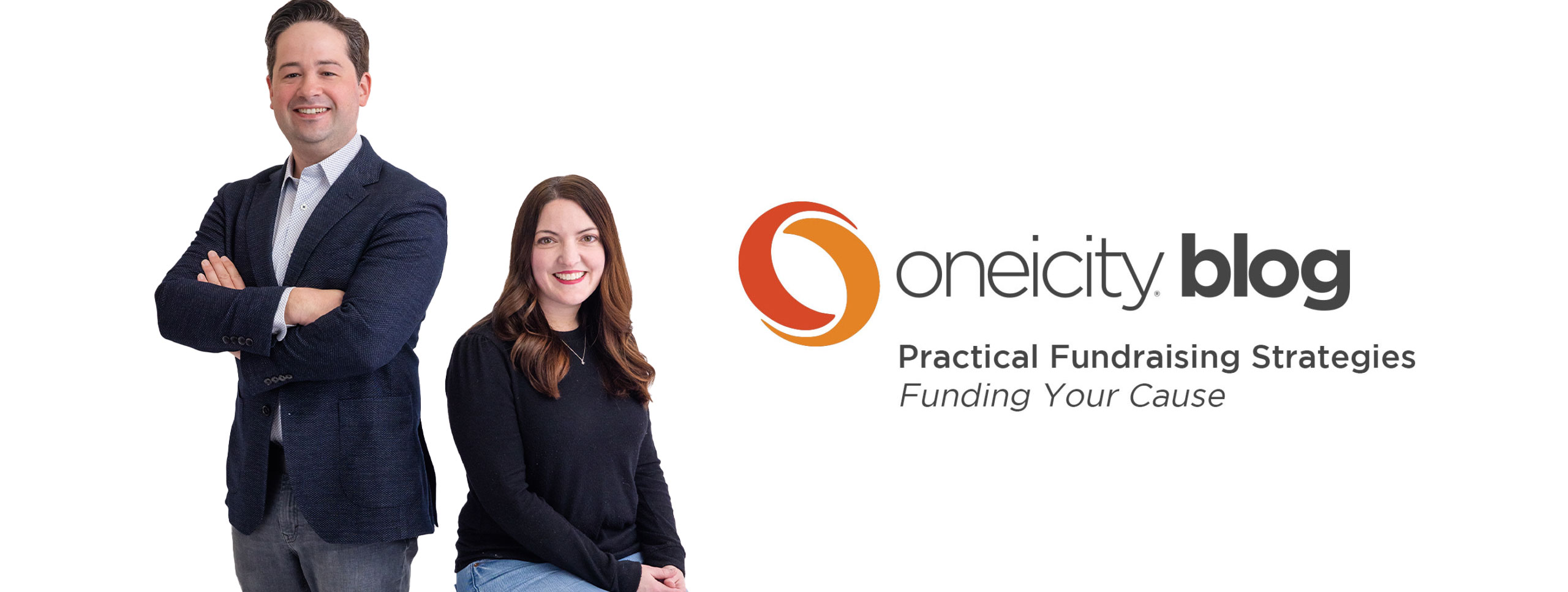This week we’re devoting the entire week to focusing on Facebook as a core social media marketing platform for nonprofits that you can’t ignore because of its pre-donor acquisition, donor involvement and fundraising potential. Yesterday, Hoots and I had the opening round of this conversation–my frustration with my inability to make FB work for me and she gave some good answers. (Click here to see yesterday’s post.)
Hoots answered one question this way:
Hoots: – Make a friending policy. Some people only “friend” people they KNOW. Others only “friend” people if they write a personal message in the friend request. Some people friend anyone who asks. Make a policy that works for you and follow it.
I don’t want this to sound too much like Junior High, but talk to me about a “friending policy.” Sounds easy, I want more friends–and cool friends, and smart friends, and friends that I like to hang out with. If I’m leading a nonprofit, I want friends who love the organization and will be good for me and for the organization.
Do I have to think like this to make it work for a nonprofit?
How do I find friends–both personal friends and organizational friends? How does a CEO who’s leading a charity deal with finding friends?
Hoots: These questions are interconnected. So I’ll answer them all together.
If you are leading a nonprofit, then my best recommendation is that you have two different presences on Facebook:
1. Your personal profile –> where you have Friends
2. Your organizational page –> where you have Fans
Use your personal profile page to show the personal side and your involvement with and passion for your nonprofit. Connect with your family, friends, neighbors, church members, donors, potential donors, etc. Use more first person voice like “I” and “we.”
Use your organizational fan page to showcase the work of your nonprofit. Use pronouns like “They” or “We” not “I” when you’re speaking on behalf of the ministry.
– Use the Facebook Search function to look for people with whom you want to be friends. Limit yourself to a manageable number every day (we don’t know the magic number, but if you get too many friends in one day, Facebook could flag your account as a spammer and shut you down.)
Look for people who are fans of your organization or other organizations you love. Find co-workers or former co-workers. Find people from your hometown. Check your high school or college alma mater. Look for your favorite authors, business leaders, technology gurus, etc. Check out these Facebook search tips for how to find friends.
Be clear about your connection with them and write them a personal message in your friend request:
“Hi Susie! I don’t know if you remember me, but we used to work together at ACME corp back in the late 90s. Look forward to connecting with you again on Facebook. Blessings, John Q CEO” OR “Hi Mike! I really loved the webinar you hosted on Social Media. Would love to connect with you on Facebook, too. John Q CEO”
– Invite your friends to become fans of your organization. Currently Facebook does not allow you to include a message with this invitation, so exercise caution here.
– Support your friends in their endeavors…as long as the endeavor is not totally incongruent with your charity or something you just cannot get excited about. All of the pages or groups you support can be published. Make every friend, page and group decision thinking is this something I want a donor to know about me? Is this a good connection?
As a CEO of a nonprofit, every single person you connect with is someone who could be a donor or a fan of what you do. And they can tell their friends about your great work just because you are relational and engaging.
I just checked your FB page, you have twice as many friends as I do. What’s your “friend” strategy? (Doesn’t that sound kind of creepy?)
Hoots: Creepy is in the eye of the beholder, (you really need to get over yourself Mr. Thomas ;)). My friend strategy is this: If I don’t know you and you don’t write me a personal message telling me how you know me, I ignore your request. If I know you, but I’m concerned that a connection with you could possibly hurt my personal or professional brand, I ignore your request. I’ve certainly been ignored too. And if you ever have a friend who you determine later really isn’t a good fit, you can simply “unfriend” them. They won’t even get a notice of your unfriending, they just aren’t your friend any more. I know that has happened to me. It wasn’t a big deal. I only want to be friends with people who are interested in me and/or my work or vice versa.
– The other thing I do is create custom Friend Lists. I use Facebook’s create list strategy to manage my friends. If there’s a small group you might want to target — from my high school friends to my co-workers to my friends at church to my clients — I simply create a custom list for the group to help organize and manage my friends. My lists are not mutually exclusive and not everyone needs is on a list. I add people to a list for targeted messaging or filtering.
Helpful information. For the record, I’m currently using many of Hoots’ recommendations to see how it works for me. So far so good. But, now I have more questions. How about we do a quick Q & A tomorrow on all the things that are popping around in my brain?
Hoots: Works for me. The bottomline is to start slowly but have a plan. You (and everyone else) can do this.
How about you, how’s your Facebook strategy going? Do you think strategically about how you handle FB or do you just go with the flow?

Steve Thomas
Partner, Oneicity
(unedited photo credit: Hamed Saber)

